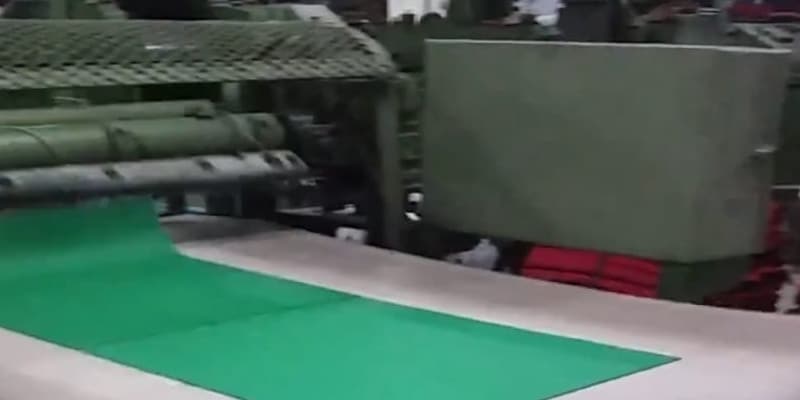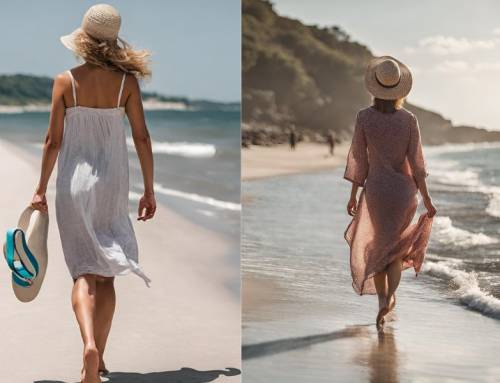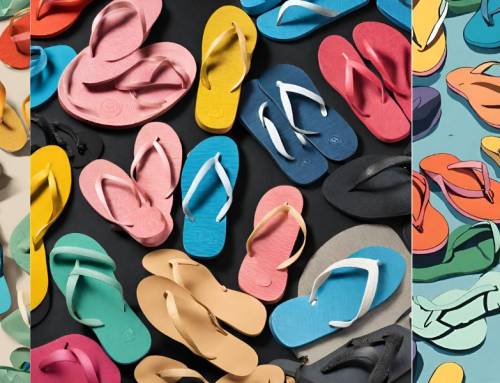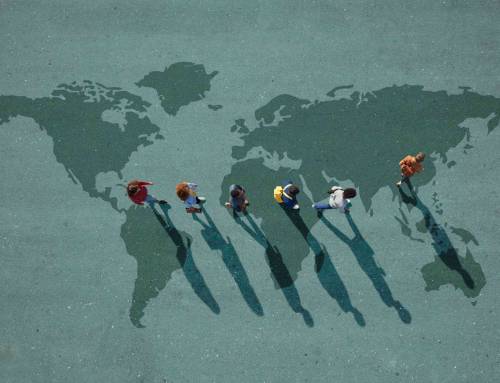Flip flops are a fun, casual sandal that has evolved from beach or house wear to a comfortable everyday summer shoe. A smooth sole and a toe strap with no other straps or sides distinguish this style of shoe. Flip flops come in various sizes, are comfortable, versatile, and easy to slip on and off, and are reasonably priced.
Components
Flip flops are available in a wide range of fabrics. Polyurethane, inexpensive plastic foam, or rubber are often used in low-cost models. Special woods, such as cork, can be used to provide comfort and protection to the feet, as well as high-quality vinyl or other combinations of raw materials in more costly flip-flops. Some businesses use recycled car tires to make a low-cost, long-lasting, and environmentally sustainable sole, while others only use organic materials.
Design
Flip flops come in various styles, colors, and materials, allowing them to be worn for a variety of reasons, moods, and occasions. A brightly colored foam flip flop, for example, would be ideal for a pool party, while a wood-bottomed flip flop with a floral strap pattern would be more suitable and protective for the beach. High-end leather flip flops can be seen on the Paris fashion runways, and satin or silk flip flops are often worn as evening wear. The design of a garment varies depending on the season and the preferences of the wearer. Screenprinted flip-flops are of in demand these days.
Pieces
The sole or bottom of the shoe and the top strap, which is a v-shaped material with all three ends connected to the shoe, make up the majority of flip-flops. Using a foot or shoe pattern, the shoe’s sole can be cut out of almost any material. The straps are a little more difficult to create because they require braiding or a special design to suit the right shape.
The Flip Flops Manufacturing Process
The flip flops manufacturing difficulty varies depending on the type of flip flop. Making EVA sheet-based flip flops is a relatively simple operation, whereas molding leather outsole molded flip flops take longer.
- Flip flops made of sheets
EVA or other appropriate material sheets are cut into the desired form by hand or using cutting dies. This is the flip-flop base, with holes drilled for the strap at the same time.
The belts are made of a more flexible material like PVC or rubber. They are sculpted into the desired form. Plastic stops are fastened to the strap ends to add sturdiness. Normally, the straps are assembled by hand by moving them through the gaps. A small plastic disc prevents the strap from returning to the holes into which it was introduced.
Flip flops can also be printed using a variety of methods to achieve the desired print. Screen printing, roller printing, and digital printing are the most popular.
- Other Types of Flip-Flops
Whereas sheet flip flops are by far the most popular, more built flip flops are also available on the market. They’re typically created via a cementing process, with a wide range of design complexity and layering.
Other Flip Flops Manufacturing Process
A single pair of flip-flops takes about an hour to make from start to finish. A cardboard box full of rubber-like plastic pellets is used to start the basic process of making a flip-flop.
The pellets are sucked up by an injection molding machine, heated, and squirted into a hinged metal mold. Each mold is designed to create a single shoe each time it is filled, similar to a waffle iron. A worker trims any excess material from the molds as it cools.
The molds then open two at a time. A worker inspects a brand new pair of flip-flops pulled from a series of molds.
The flip-flops that pass must be trimmed of any excess material before being placed on racks.
The flip-flops are then packed and ready to be delivered to a near flip-flop store, with fancy decorations.








